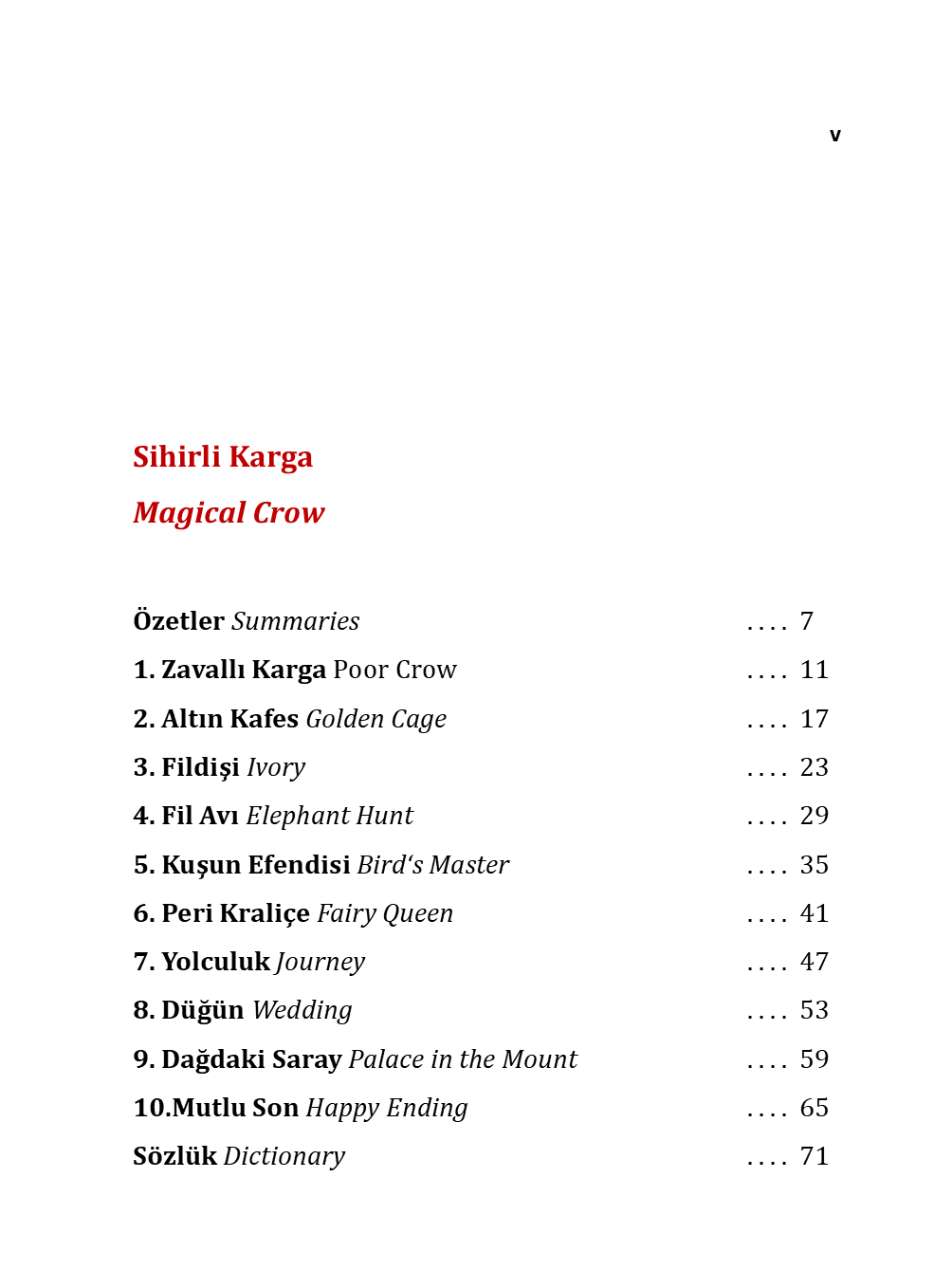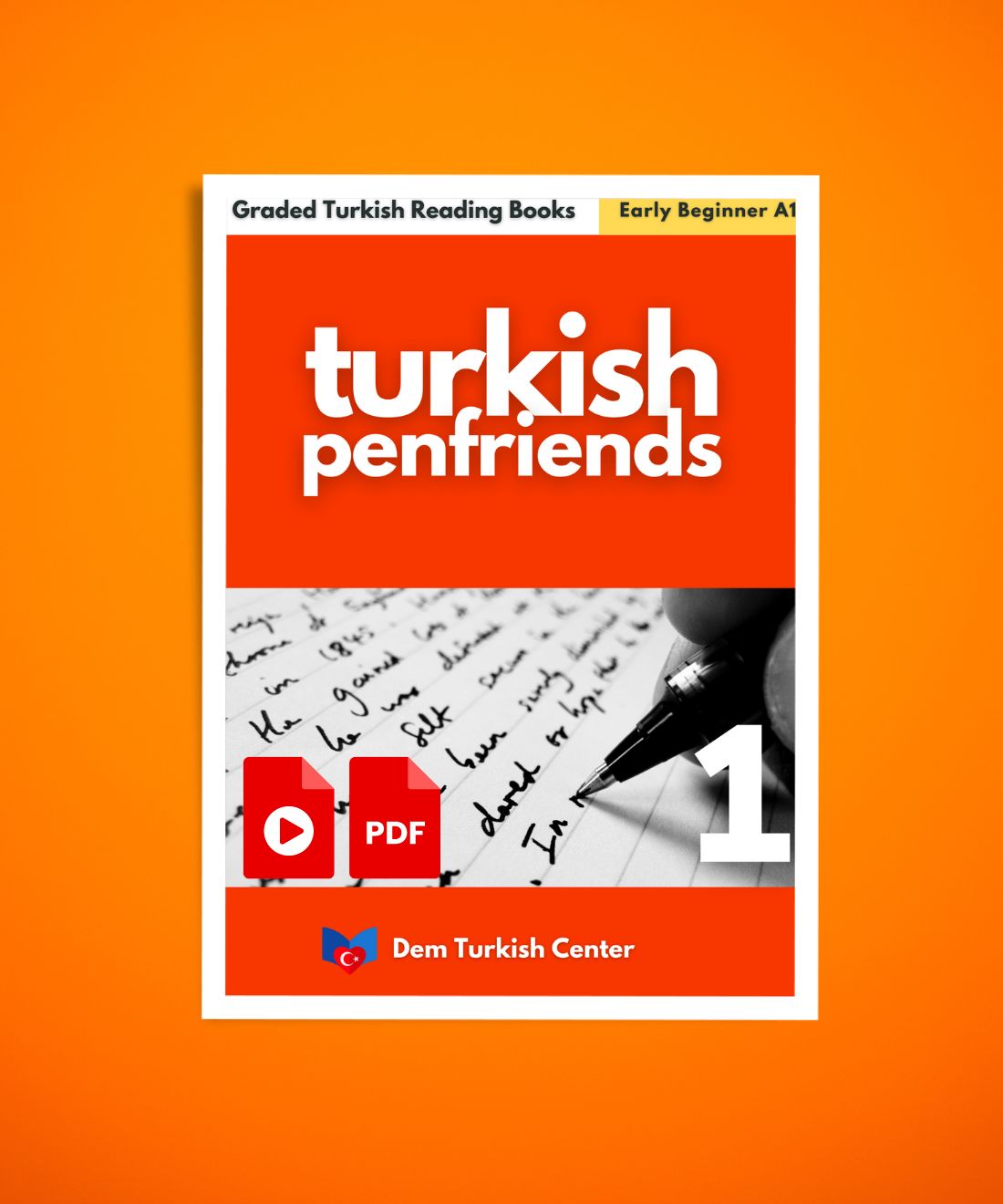
How to Form Negative Sentences in Turkish
Learning how to form negative sentences is essential when studying Turkish. Negation in Turkish is simple and systematic, using suffixes and auxiliary words. In this guide, we will explore how to form negative sentences in different tenses and structures.
HOW TO MAKE VERBS NEGATIVE IN TURKISH LANGUAGE
1. Negative Sentences in the Present Tense in Turkish
In Turkish, present tense negation is formed by adding "-m-" before the verb suffix. For example:
- Geliyorum I am coming → Gelmiyorum I am not coming
- Seviyorum I love/like → Sevmiyorum I don’t love
- Anlıyorum I understand → Anlamıyorum I don’t understand
The vowel in "-m-" follows vowel harmony rules, so it changes based on the root vowel.
Download Turkish language courses for self-study (video lessons + PDF books and worksheets)
2. Negative Sentences in the Past Tense in Turkish
For past tense, "-me/-ma" is used before the past tense suffix "-di/-dı/-du/-dü". For example:
- Geldim I came → Gelmedim I didn’t come
- Baktın You looked → Bakmadın You didn’t look
- Yaptık We did → Yapmadık We didn’t do
Download Turkish language lessons for self-study (video lessons + PDF worksheets)
3. Negative Sentences in the Future Tense in Turkish
In the future tense, the negation "-me/-ma" is placed before the future suffix "-ecek/-acak". For example:
- Geleceğim I will come → Gelmeyeceğim I will not come
- Yapacaklar They will do → Yapmayacaklar They will not do
- Okuyacağız We will read → Okumayacağız We will not read
Download Turkish language books for self-study (video lessons + PDF books with exercises)
4. Negative Sentences with "Have & There Is" in Turkish
Turkish does not use "Have" like in English. Instead, "var" (Have & There is/are) and "yok" (Don't Have & There isn’t/aren’t) express existence or possession. For example:
- Kitap var. There is a book. → Kitap yok. There is no book.
- Benim bir arabam var. I have a car. → Benim bir arabam yok. I don’t have a car.
Download Turkish language worksheets for self-study (video lessons + PDF worksheets)
5. Negative Imperatives (Commands)
Negative commands use "-me/-ma" before the verb. For example:
- Gel! Come! → Gelme! Don’t come!
- Bak! Look! → Bakma! Don’t look!
- Konuş! Speak! → Konuşma! Don’t speak!
Take Turkish language practice classes online!
Forming negative sentences in Turkish is logical and follows consistent patterns. By mastering negation, you can express refusals, prohibitions, and denials effectively. Practice these structures to improve your fluency and confidence in Turkish!
Do you have any questions? Drop them in the comments below!
BECOME A DEM TURKISH CENTER MEMBER!
Learn Turkish yourself + with your Turkish teacher online!













